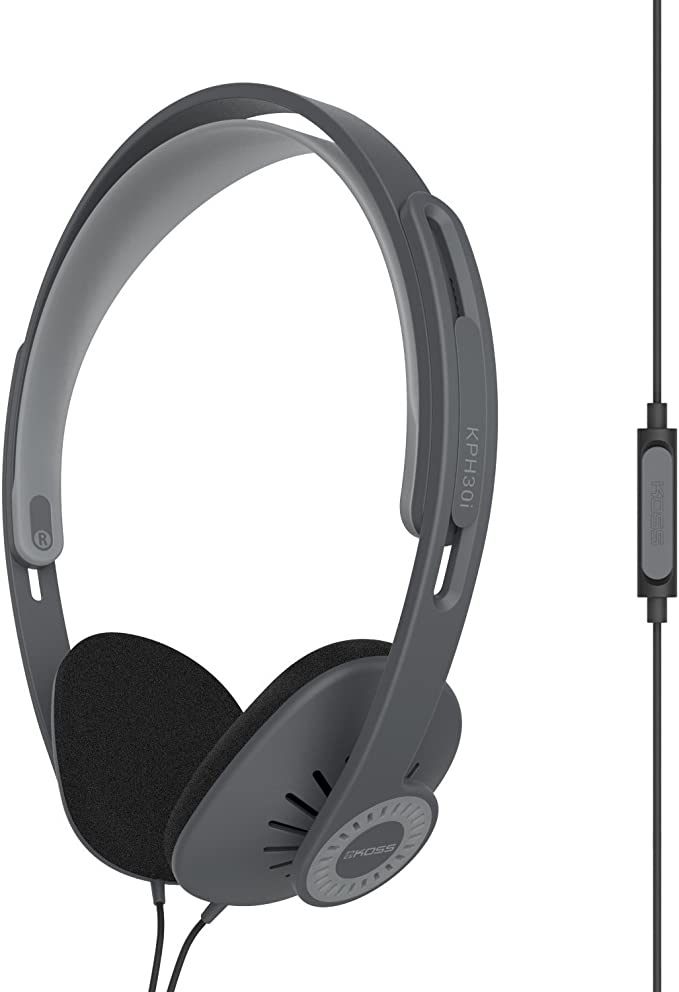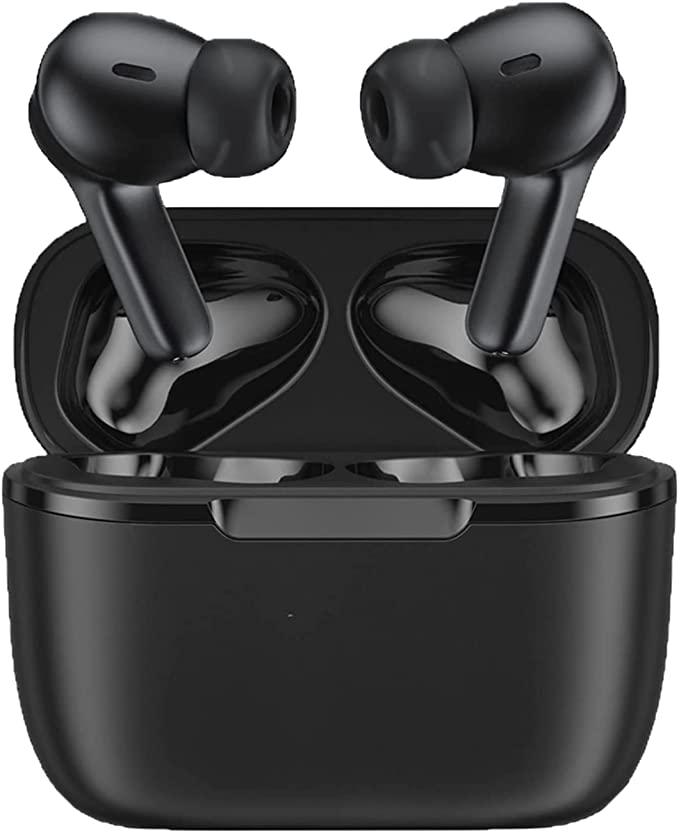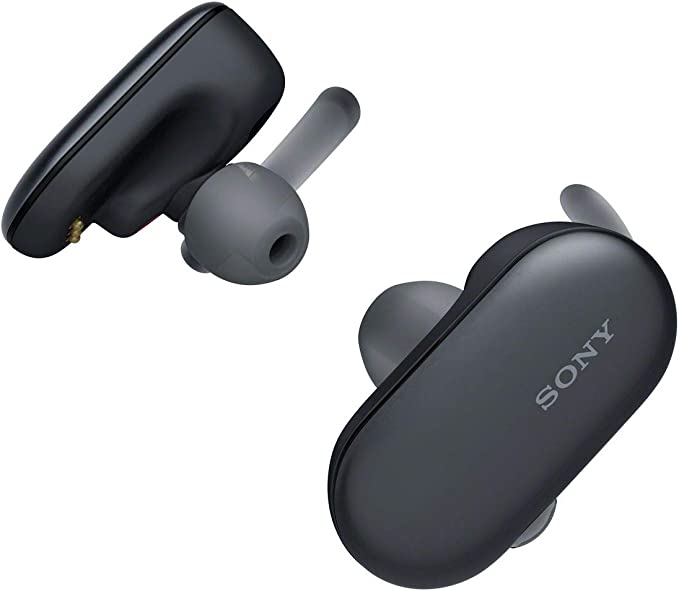Koss KSC21 SportClip Headphones: Affordable Comfort and Quality Sound
Update on Sept. 22, 2025, 3:50 p.m.
An audio engineer’s journey into the forgotten first principles of acoustics, physics, and ergonomics that define a truly great listening experience.
We’ve all felt it. That dull, creeping ache at the crown of the head. The subtle but insistent pressure clamping down on your ears. The strange, disorienting sensation of being sealed off from the world, aurally adrift in a private, congested bubble. This is the prison of personal audio, a paradox of the modern age where headphones packed with a universe of features—noise cancellation, spatial audio, lossless streaming—often fail at the one thing that matters most: making us forget we’re wearing them at all.
For years, we’ve been told that a better listening experience is just one more feature, one more algorithm, one more firmware update away. But what if the secret to truly sublime, comfortable, and natural sound doesn’t lie in adding more, but in understanding what to take away? What if the answers are found not in complex computation, but in the timeless, elegant principles of physics, acoustics, and the very mechanics of the human body?
To uncover these secrets, we don’t need to look at the latest flagship release. Instead, our guide is an unlikely artifact, a piece of technology so unassuming it borders on invisible: the Koss KSC21, a simple pair of clip-on headphones. This humble device, a relic by today’s standards, serves as a masterclass in a forgotten design philosophy. It is our key to unlocking the three foundational pillars of a genuinely great listening experience.

The Physics of Disappearance: Conquering Wearer Fatigue
The first failure of most headphones is a physical one. Before we even consider the sound, we feel their presence as a burden. This fatigue is not a subjective feeling; it is a direct consequence of ignoring fundamental physics and ergonomics.
The core principle is brutally simple: Force = Mass × Acceleration. Even when you’re sitting still, the constant acceleration of gravity is pulling the headphones down onto your skeleton. A bulky, 300-gram headset exerts a continuous, tangible force on your head and neck. Over time, your body fights this load, leading to muscle strain and pressure points, especially where a rigid headband concentrates that force onto a small area of your scalp.
This is where our unassuming case study first reveals its genius. The Koss KSC21 weighs just 1.6 ounces, or about 45 grams. This isn’t just ‘light’; it’s a radical commitment to minimizing mass. The force it exerts is so negligible that it falls below the threshold of sustained notice for most users. It achieves a state of near-perceptual disappearance.
But low mass alone is not enough. The second, more subtle principle is about biomechanics and pressure distribution. The human ear, or pinna, is a landscape of unique and complex curves, different for every individual. A rigid, one-size-fits-all earcup is an ergonomic sledgehammer, creating high-pressure zones where it inevitably conflicts with your anatomy. This is particularly torturous for those who wear glasses, as the headphone clamp relentlessly drives the glasses’ arms into the temporal bone.
Observe the KSC21’s solution: the ear plates pivot. This is not a flashy feature; it is a profound, low-tech application of biomechanics. The pivot allows the speaker element to automatically align with the angle of the user’s ear, distributing its minimal clamping force evenly across a wider surface area. It doesn’t fight the body; it adapts to it. The result is a secure fit that feels less like a clamp and more like a gentle embrace, effortlessly coexisting with the arms of a pair of glasses. It’s a design that respects human variability, achieving through simple mechanics what others fail to do with plush memory foam and complex yokes.
This is the first lesson: true comfort isn’t about luxurious padding. It’s about the elegant application of physics to create a device that asks for as little of your sensory attention as possible. It’s the science of making technology disappear.

The Sound of Reality: Escaping the “In-Head” Bubble
The second prison of personal audio is acoustic. Most headphones create what engineers call In-Head Localization (IHL)—the distinct and unnatural sensation that the music is originating from a point somewhere inside your skull. Your brain knows a real-life guitarist isn’t standing in the center of your cerebrum, and this cognitive dissonance is a subtle source of listening fatigue.
This phenomenon is a direct byproduct of closed-back headphone design. By sealing the ear cup, these headphones trap the sound waves generated by the rear of the speaker driver. These waves bounce around inside the cup, creating a chaotic mess of reflections and standing waves—resonances that can artificially boost or cut certain frequencies, coloring the sound in a way that feels congested and “boxy.” You are, in effect, listening to music inside a tiny, poorly-designed room strapped to your head.
The KSC21’s design philosophy offers a radical escape: acoustic transparency. Its earcups are not sealed; they are open, allowing the driver’s rearward sound waves to dissipate freely into the environment, just as they would from a real-world instrument. This deliberate choice, often misunderstood as a flaw (“everyone else can hear my music!”), has profound acoustic consequences.
First, it virtually eliminates the internal reflections and resonances that create a muddy, claustrophobic sound. The driver can move more freely, unimpeded by pressure build-up, resulting in a cleaner, more agile response.
Second, and more importantly, it creates a vast and realistic soundstage. Because some ambient sound is allowed to mix in, and because the sound interacts more naturally with your outer ear, your brain is tricked into perceiving the music as part of your environment. The soundstage expands, seeming to originate from outside your head, more like a pair of high-quality speakers in a room. Instruments have space to breathe, and the entire presentation feels more natural and less fatiguing.
This is why the “noise-cancellation” tag sometimes found on this product’s online listings is so ironic. The KSC21 is an anti-noise-canceler. It is designed for situations where a connection to the world is a feature, not a bug—for situational awareness while jogging, for hearing a colleague in the office, for a more organic listening experience at home. It reminds us that sometimes, the highest fidelity is achieved not by shutting the world out, but by letting the sound naturally exist within it.
The Elegance of Efficiency: The Science of “Effortless” Power
The final pillar of our forgotten philosophy is electrical. You can have the most comfortable, best-sounding headphones in the world, but if they are difficult to power, their potential is wasted. This is the science of efficiency.
To understand this, imagine your audio source (a phone or laptop) as a water pump and your headphones as a hose. Voltage is the water pressure, and Impedance (measured in Ohms, Ω) is the narrowness of the hose. A very narrow hose (high impedance) requires immense pressure (high voltage) to get a decent flow of water. Many audiophile headphones are like this—they have high impedance and require a powerful, dedicated headphone amplifier (a bigger pump) to sound their best.
The KSC21, with its 26-Ohm impedance, is a wide, accommodating hose. It presents very little opposition to the signal, meaning it requires very little “pressure” from the source to achieve a satisfying volume and dynamic range. This is the essence of being “easy to drive.” It’s a design that acknowledges the reality of its use case: it will be plugged into smartphones, laptops, and portable game consoles, none of which have powerful, high-voltage outputs.
This isn’t a compromise; it’s elegant, user-centric engineering. It ensures that the headphone’s full performance is accessible to everyone, everywhere, without the need for additional, expensive equipment. It delivers true plug-and-play fidelity, a simple and profound goal that many more complex devices fail to achieve.
The Wisdom of Subtraction
Comfort, naturalness, and efficiency. These are not features you add to a product; they are the emergent properties of a design philosophy deeply rooted in scientific first principles. The Koss KSC21 is a masterclass in this philosophy because it is, above all, a product defined by the wisdom of subtraction.
It has no battery, so its mass is vanishingly small. It has no sealed cups, so its soundstage is vast. It has no complex electronics, so its power requirements are minimal. In a modern culture of relentless feature creep, where technology screams for our attention, this humble headphone offers a quiet counter-argument: that perfection is achieved not when there is nothing more to add, but when there is nothing left to take away.
It challenges us to look beyond the marketing bullet points and the dizzying spec sheets. It invites us to appreciate the unseen science and quiet brilliance in the objects we use every day. It reminds us that sometimes, the most profound experience comes not from a universe of features, but from a simple, elegant, and scientifically sound connection to the sound itself.


























































